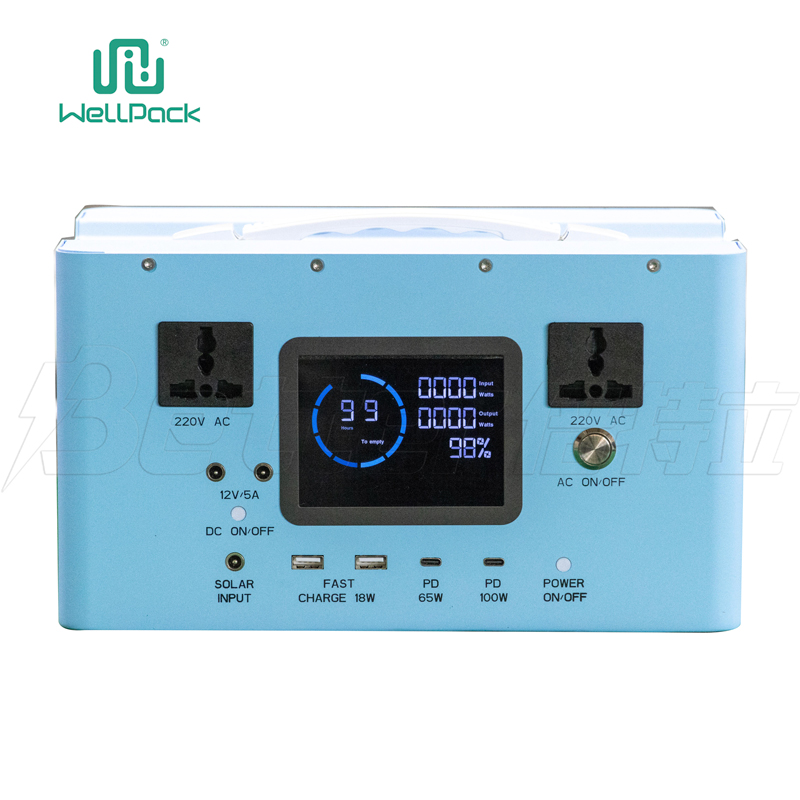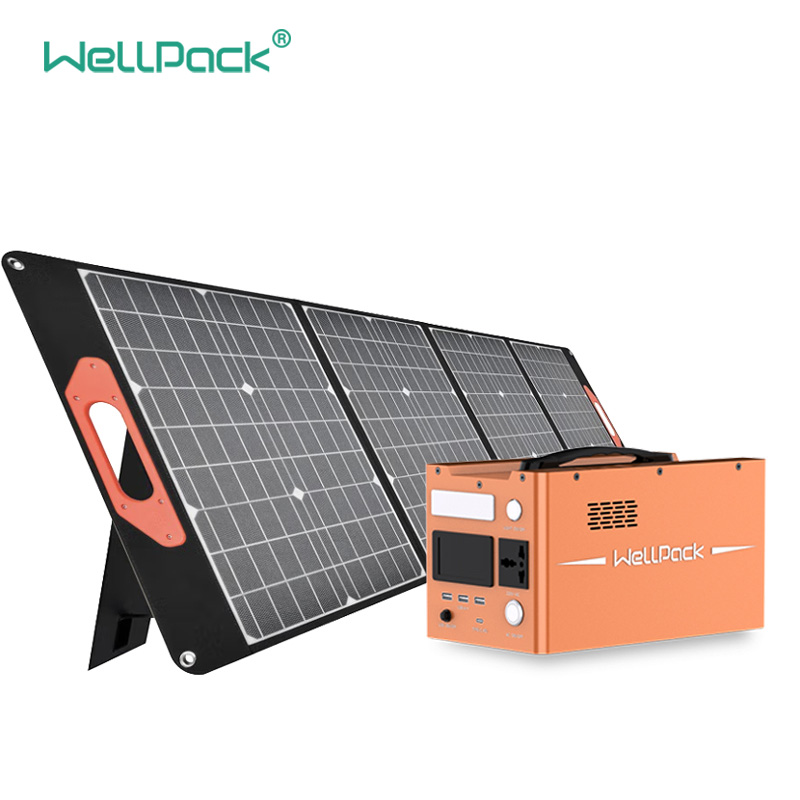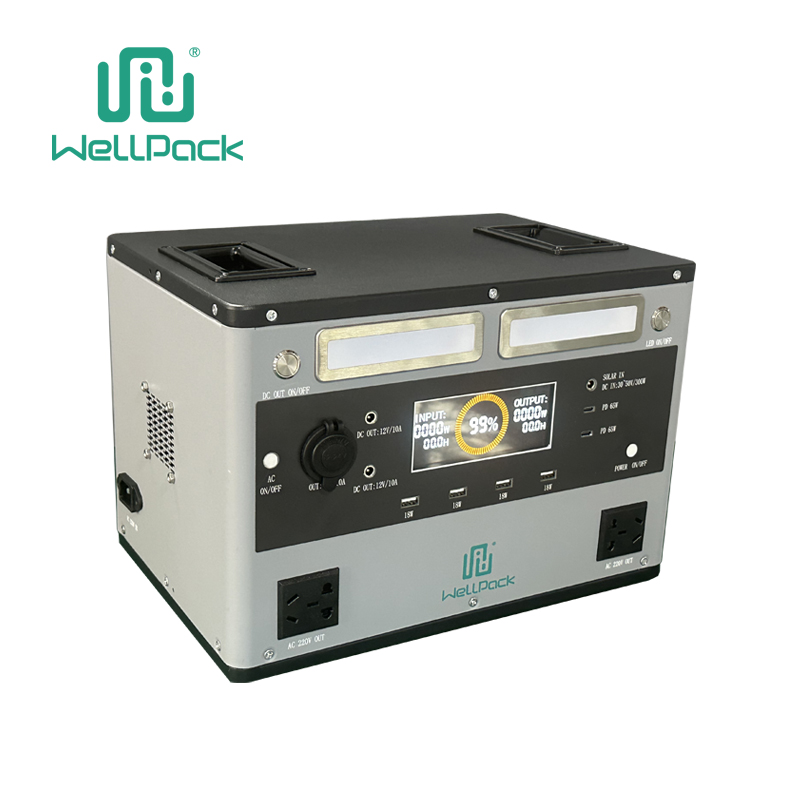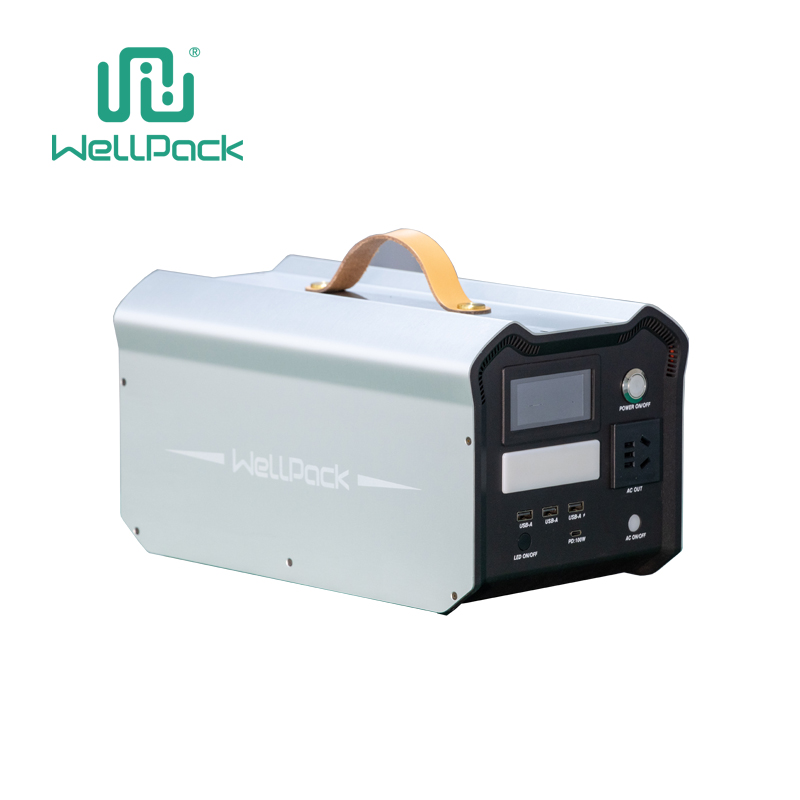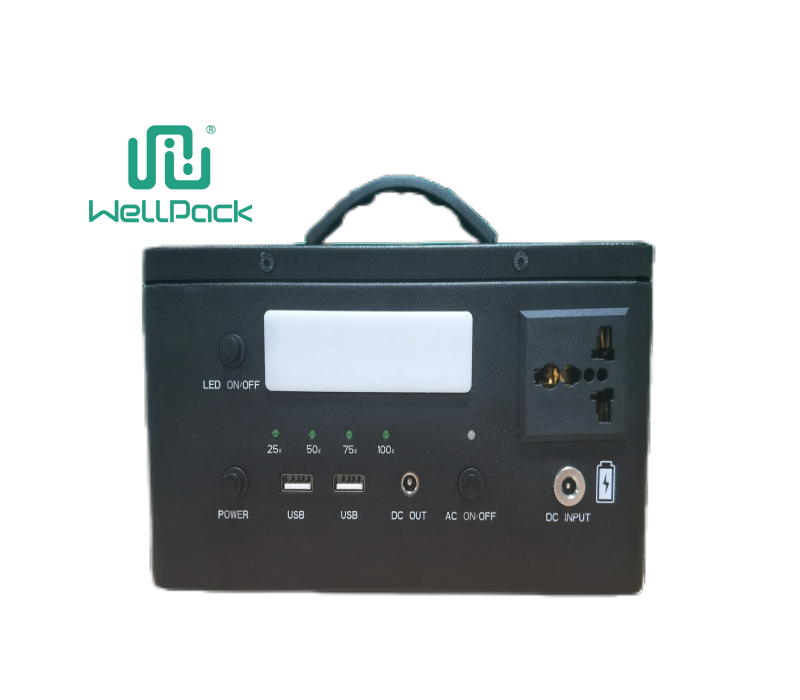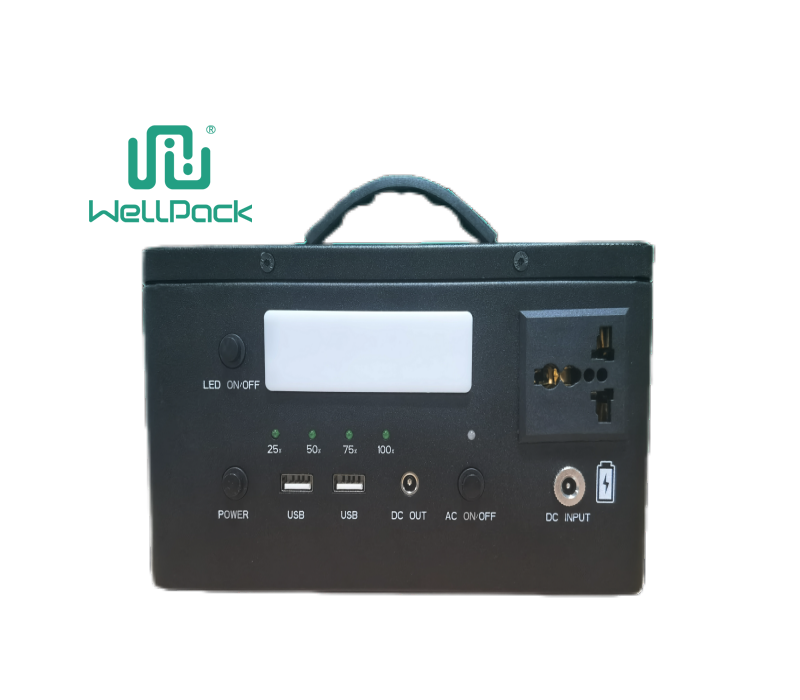Contents
Understanding Your Daily Energy Needs
Everything starts here. If you don't know how much energy you actually use in a day, any battery storage calculation is just guessing.
Grab your last few electric bills or, better yet, spend a weekend writing down everything you turn on in an off-grid setup: lights, fridge, water pump, laptop, fans, microwave, whatever you plan to run. Note the watts and how many hours each item runs per day. Multiply watts × hours = watt-hours (Wh). Add them all up. That total is your daily consumption.
Most off-grid homes land between 3,000–15,000 Wh per day. Tiny cabins can be under 1,000 Wh. Larger homes with air conditioning easily exceed 25,000 Wh. Be honest—people almost always underestimate.
Peak Load vs Average Consumption
Battery storage handles your average daily use. Your inverter and wiring handle the peak.
A fridge that averages 100 W might pull 800 W when the compressor kicks on. A kettle or microwave can spike to 1,500–2,000 W for a few minutes. The battery bank needs enough capacity for the average, but the inverter must be sized for those short peaks. Mix them up and you'll either waste money on oversized batteries or damage equipment.
How Many Days of Autonomy Do You Really Want?
Autonomy is the number of cloudy or bad-weather days you can run without charging. Most people aim for 2–3 days. Some go 1 day to save money; others want 5–7 days for peace of mind.
Multiply your daily Wh by the days of autonomy you choose. Example: 8,000 Wh/day × 3 days = 24,000 Wh of total storage needed before any other adjustments.
Accounting for Solar Input (or Lack of It)
If you have solar panels, they still produce something even on cloudy days—usually 10–30% of rated output. Many people oversize batteries because they ignore this trickle charge.
A realistic approach: assume zero solar for your autonomy period in winter, but give yourself credit for partial charging the rest of the year. In practice, 2 days of full autonomy plus decent solar often feels like 4–5 days of safety.
Which Battery Type Changes the Math
Lead-acid (flooded, AGM, gel) and lithium (LiFePO4) treat capacity very differently.
Lead-acid batteries hate being discharged below 50%. That means a "100 Ah" 12V lead-acid bank only gives you about 600 Wh of usable energy, not 1,200 Wh. Lithium batteries routinely go to 80–100% depth of discharge, so the full rated capacity is actually usable.
Because of this, lithium battery storage costs less per usable kWh even when the upfront price looks higher.
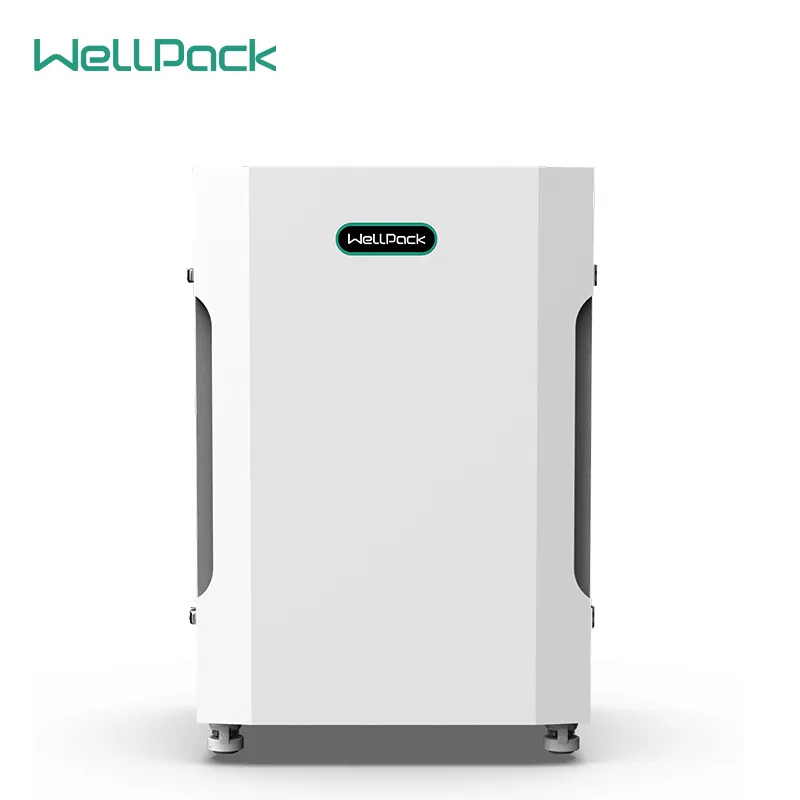
Depth of Discharge and Usable Capacity
Always divide by the safe DoD for your battery chemistry:
• Flooded lead-acid: 50% (divide total need by 0.5)
• AGM/Gel: 50–60% (divide by 0.5–0.6)
• LiFePO4: 80–95% (divide by 0.8–0.95)
So if you need 24,000 Wh usable and you pick flooded lead-acid, you actually have to buy roughly 48,000 Wh of batteries.
System Voltage: 12V, 24V, or 48V?
Higher voltage = smaller cables and lower losses. Almost every modern off-grid system over 3 kW daily is 48 V now.
A 48 V battery bank needs one-fourth the Ah of a 12 V bank for the same energy. Example: 24,000 Wh at 48 V is only 500 Ah of lithium, but the same energy at 12 V would be 2,000 Ah—four times the cells and connections.
Real-World Efficiency Losses
Nothing is 100% efficient. Count on:
• Inverter: 90–95%
• Wiring and fuses: 97–98%
• Battery round-trip (lithium): 95–98%
• Battery round-trip (lead-acid): 80–85%
Add roughly 15–20% extra capacity for lead-acid systems and 8–10% for lithium to cover these losses.
Planning for Future Load Growth
Life changes. You add a bigger fridge, a partner moves in, you buy an electric chainsaw, or you decide to run air conditioning a few hours a day. Most people regret buying exactly what they need today.
A safe rule: add 20–30% extra battery storage from day one if your budget allows. It's far cheaper to buy it now than to parallel another bank later.
The Simple Step-by-Step Calculation
Here's the formula most installers actually use:
1. Daily Wh used × days of autonomy = Wh needed
2. Wh needed ÷ safe DoD (0.5 for lead-acid, 0.9 for lithium) = minimum raw Wh
3. minimum raw Wh × 1.15 (losses & safety margin) = final battery size
4. final Wh ÷ system voltage = Ah required
Example with real numbers:
8 kWh/day, want 3 days autonomy, lithium at 48 V
8,000 × 3 = 24,000
24,000 ÷ 0.9 = 26,667 Wh raw
26,667 × 1.10 = ~29,300 Wh final
29,300 ÷ 48 V ≈ 610 Ah of 48 V lithium battery storage
Most Common Sizing Mistakes
• Counting nameplate capacity instead of usable capacity
• Forgetting winter solar production is half (or less) of summer
• Ignoring inverter efficiency and temperature effects
• Buying cheap lead-acid and wondering why the system dies in two years
• Not leaving headroom—running batteries at 100% every cycle kills them fast
Quick Checklist Before You Buy
☑ I know my exact daily Wh consumption
☑ I decided how many no-sun days I can tolerate
☑ I picked battery chemistry and know the real DoD
☑ I added 10–20% for losses and future growth
☑ My inverter can handle the peak loads
☑ System voltage matches panels, charge controller, and inverter
Get these right and your battery for storage will serve you reliably for years instead of becoming an expensive headache.


